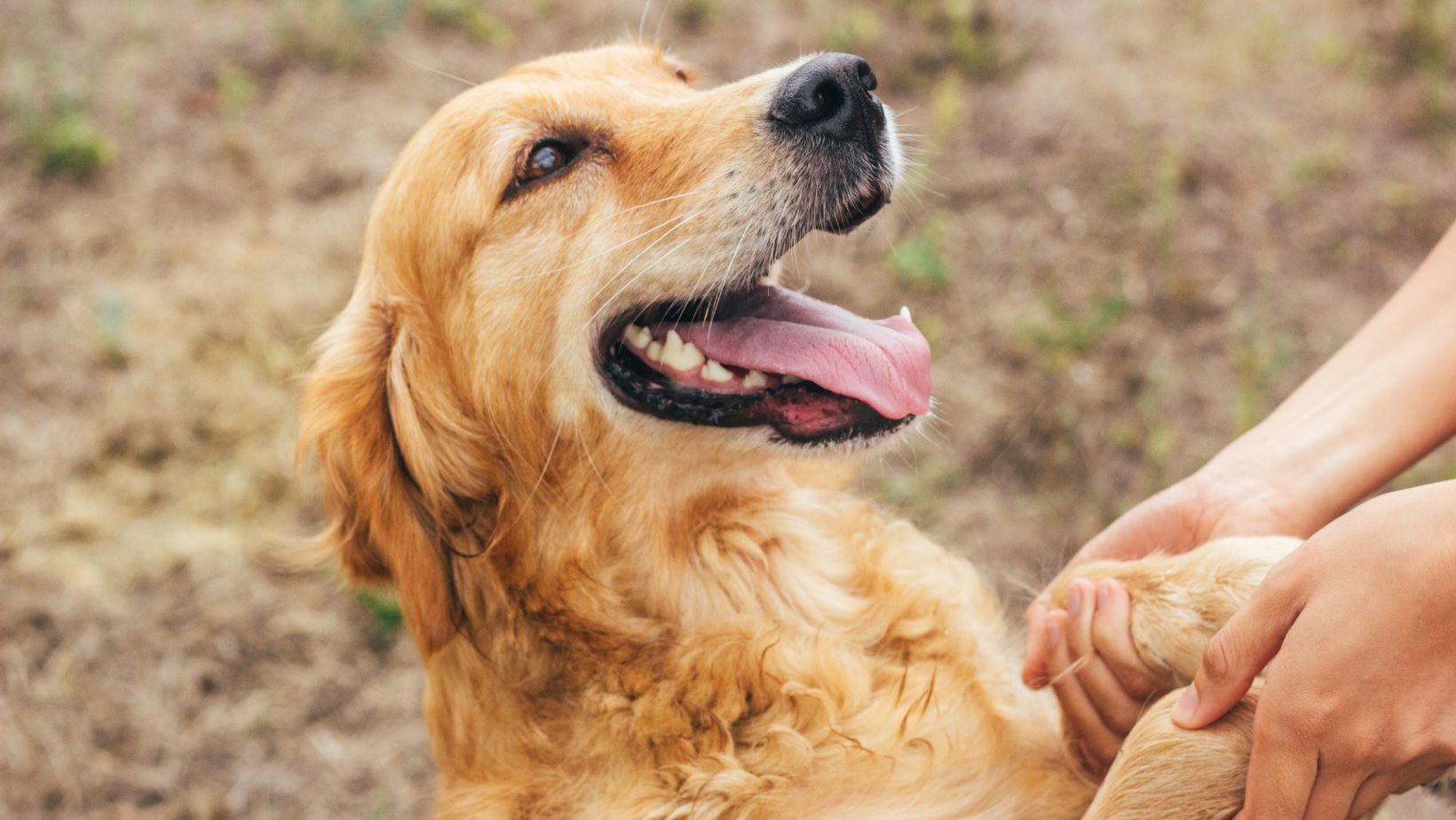Urinary Incontinence in Dogs
When it comes to our four-legged friends, their health is of utmost importance. I’ve noticed a surge in queries related to urinary incontinence in dogs, especially among Labradors. It’s a fairly common issue that can be distressing for both the pet and the owner. Understanding what urinary incontinence is and how we can prevent it is crucial to ensure our pups lead comfortable, healthy lives.
Urinary incontinence refers to a dog’s inability to control its urination. This can result from various causes such as aging, hormonal imbalances, or medical conditions like bladder infections or neurological disorders. In Labradors specifically, this problem seems more prevalent due to their genetic predisposition.
Preventing urinary incontinence in Labradors doesn’t have to feel like an uphill battle. With regular vet check-ups, maintaining a healthy diet and weight, and adequate hydration, you’re already on your way towards prevention! Let’s dive deeper into this topic so you’ll be equipped with the knowledge necessary for keeping your Labrador happy and healthy!
Understanding Urinary Incontinence in Dogs
Let’s dive into the world of canine health, where one issue that often goes unnoticed is urinary incontinence. It’s not a topic we chat about over coffee, but it’s important for pet parents to understand. Especially if you’re the proud owner of a Labrador Retriever.
Urinary incontinence is exactly what it sounds like – your pooch can’t control their peeing. This can happen while they’re resting or sleeping. Sometimes you might notice wet spots on their bed or where they’ve been sitting. That’s usually the tell-tale sign.
It happens more frequently than you’d think. Did you know that up to 20% of all spayed female dogs suffer from urinary incontinence? And Labradors are one breed that seems predisposed to this condition. Don’t panic though! As common as it may be, there are several ways to manage and even prevent urinary incontinence.
Why does this happen? Well, a lot of factors come into play here including age, hormonal imbalances and obesity. In some cases, underlying diseases such as diabetes or kidney disease could also lead to urinary incontinence.
When talking about prevention of urinary incontinence in Labradors specifically – maintaining a healthy weight plays an important role. Regular exercise keeps your Lab fit and helps avoid obesity which can contribute greatly to developing this condition.
Recognizing the Symptoms of Canine Urinary Incontinence
I’m sure you’ll agree that our pets are an integral part of our families. As such, their health is just as important as ours. This brings me to a rather sensitive topic: urinary incontinence in dogs, specifically Labradors. It’s crucial for pet owners to recognize and understand the symptoms associated with this condition.
So, what should you be aware of? The most noticeable sign is when your dog starts having ‘accidents’ around the house. If you’re finding wet spots on their bedding or where they’ve been sitting, it could indicate canine urinary incontinence. Additionally, if your Labrador seems to be urinating more frequently than usual or struggling during the process, it’s a definite red flag.
But let’s delve deeper into some other signs which may not be so obvious:
- Dribbling urine
- Licking around the urinary opening excessively
- Changes in behavior like seeming depressed or irritable
- Drinking excessive amounts of water
It might seem daunting at first (and quite messy), but understanding these symptoms is key in preventing further complications down the road. Noticing them early means treatment can begin promptly, improving your Labrador’s quality of life significantly.
Remember though – while these signs are indicative of urinary incontinence, they could also suggest other health issues. It’s always best to consult with a vet if you notice any changes in your dog’s behavior or physical state.

Labradors and Their Vulnerability to Urinary Incontinence
Labradors, with their energetic personalities and lovable dispositions, are a favorite breed among dog lovers. But did you know they’re also prone to urinary incontinence? It’s a medical condition that can significantly impact your furry friend’s quality of life.
Prolonged bouts of urinary incontinence can lead Labradors to experience symptoms like frequent urination or leakage. This issue is particularly prevalent in older dogs, but it isn’t exclusive to them. Younger Labs can also develop the problem due to a variety of health issues such as bladder stones or infections.